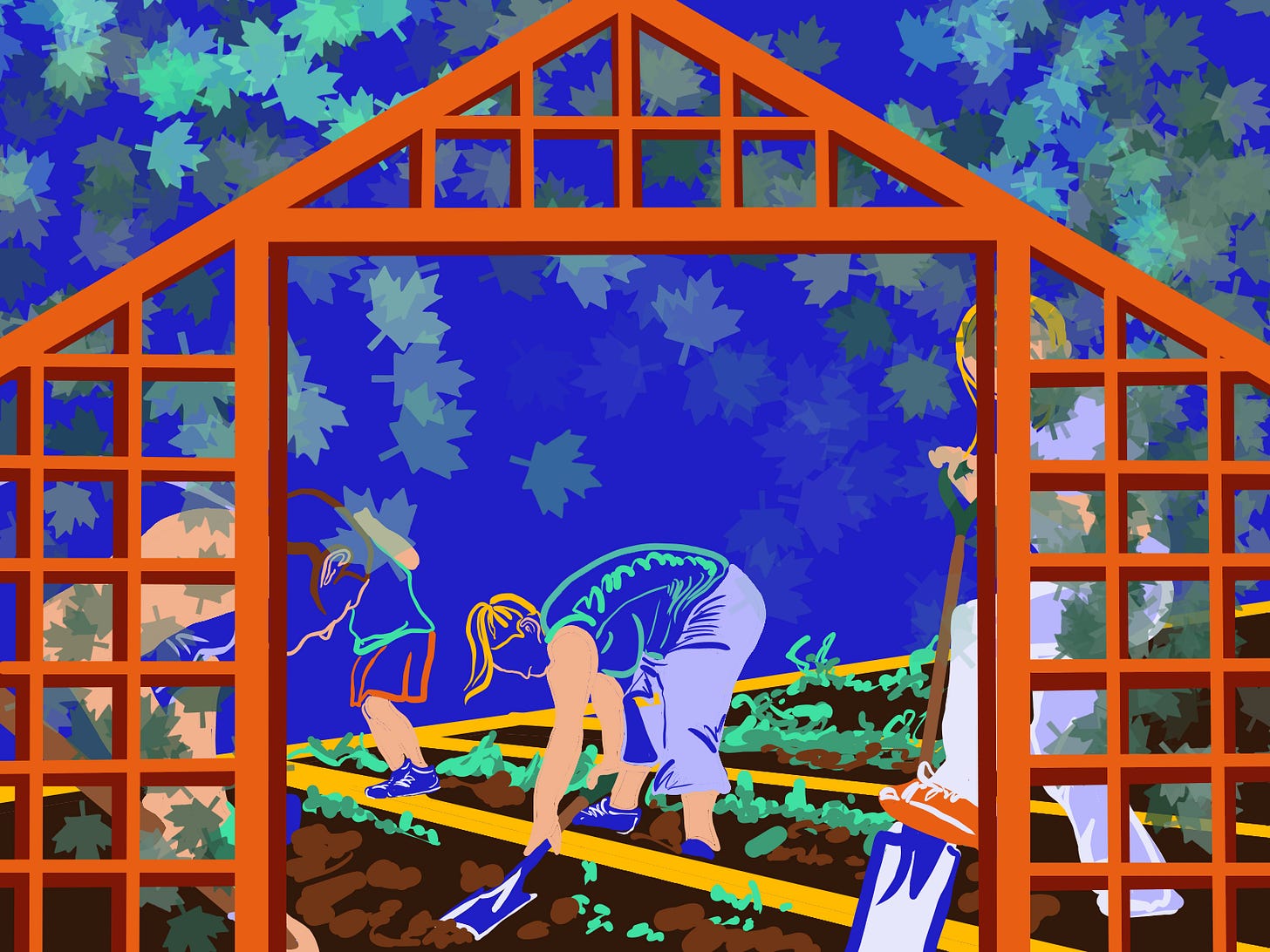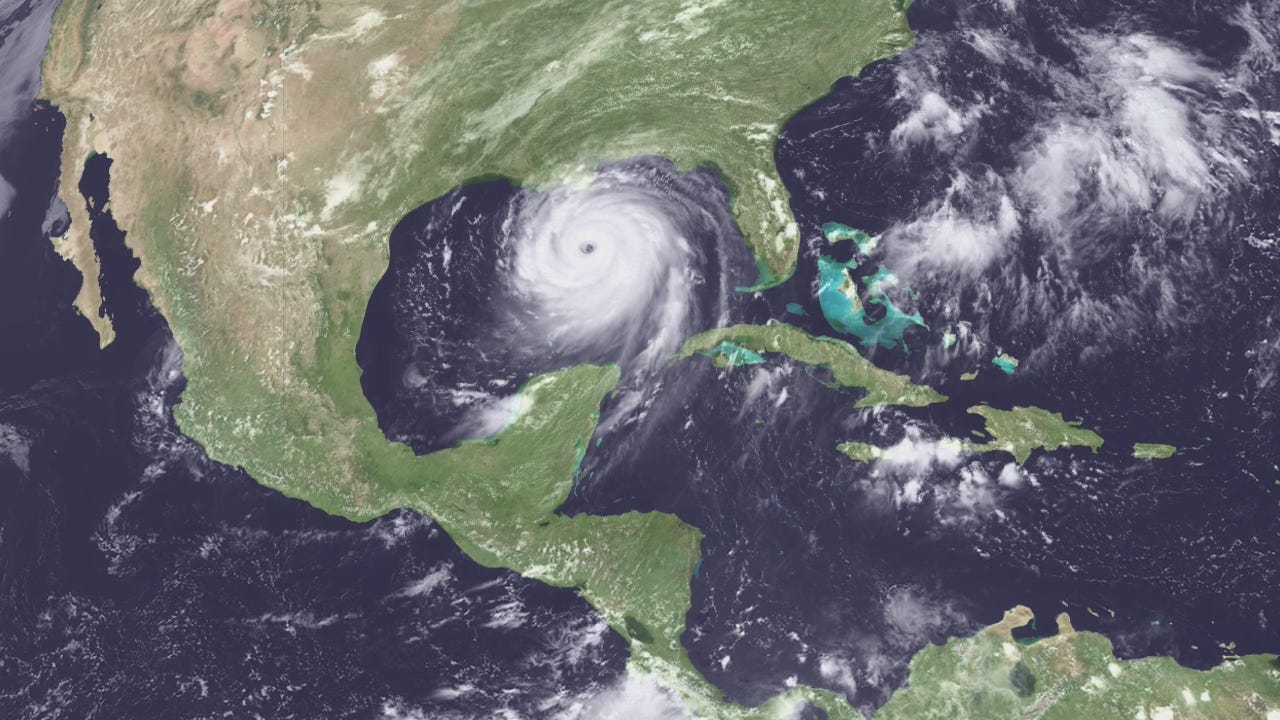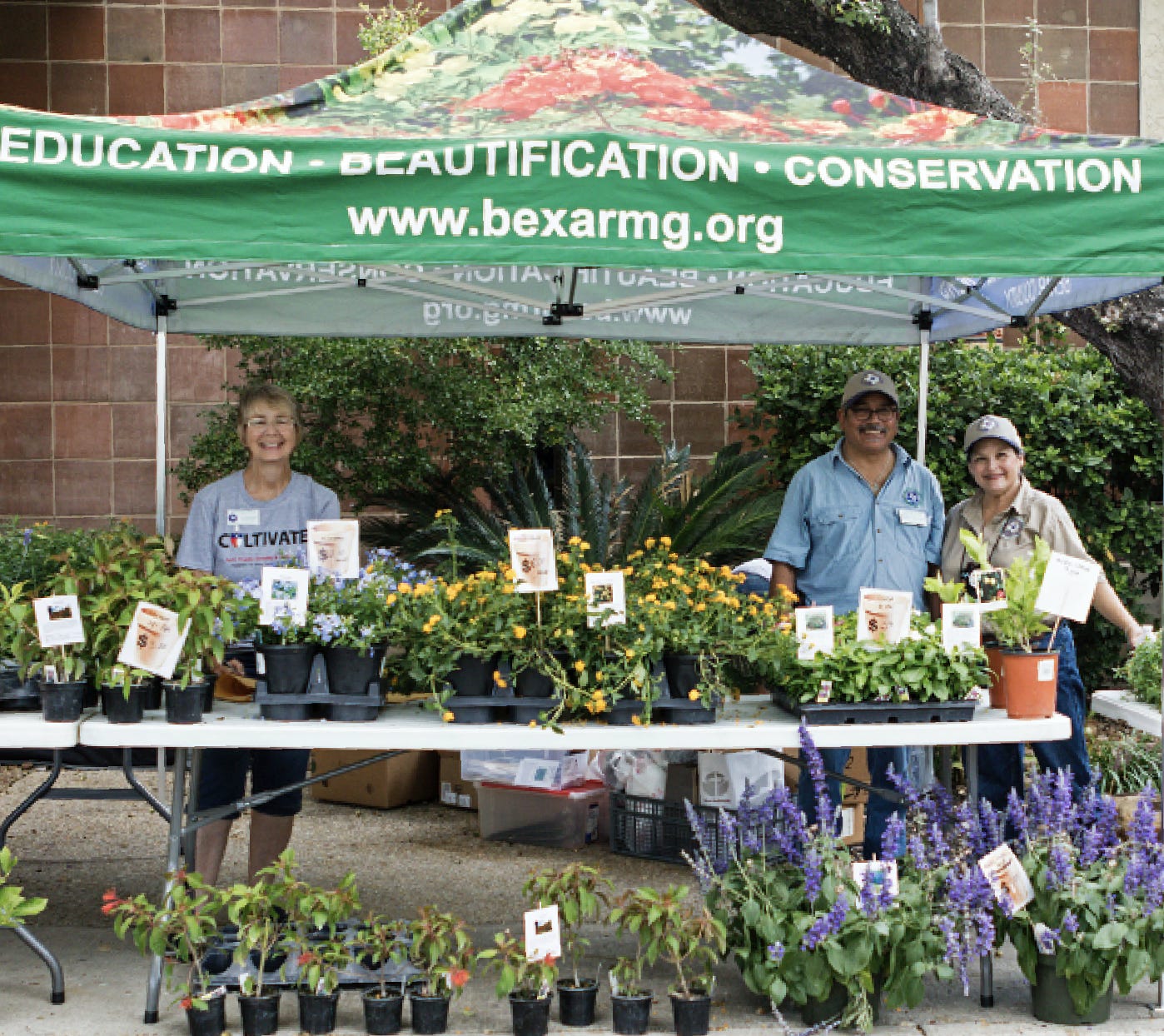When old mines cause new problems
We meet the scientists dealing with contamination from old lead mines in Wales. Plus, how citizens are protecting their cities with urban gardening.
🌏 Thanks so much for reading Ours to Save! As always, the best way to support us is by becoming a paid subscriber. You can also share this newsletter or our platform on social media to spread the word. This will ensure we can keep publishing forward-thinking environmental journalism. 🌏
🌼 Start in your own yard: how can we weather-proof cities from the ground up?
San Antonio and New Orleans are finding new ways to adapt to weather extremes caused by climate change.
In 2005, Hurricane Katrina hit the states of Louisiana and Mississippi, laying waste to 850,000 homes. New Orleans on the Gulf Coast was one of the worst-hit areas, as stormwater burst its flood walls, breaching 80 per cent of the city.
Adapting neighbourhoods in New Orleans
Since then, the exposed region of Gentilly has endured 20 hurricanes and cyclones, leading to a ten per cent population decline in 20 years.
Due to its high levels of poverty, homelessness and inequality, New Orleans was awarded a £107.4M grant from the Department of Housing and Urban Development in 2020, as part of the National Disaster Resilience Competition.
The grant was intended to “make communities stronger and better prepared for future natural disasters”, with Regional Administrator Tammye Treviño stating that “climate change is real, and we must think more seriously about how to plan for it.”
The funds are now being channelled into flood-proofing, to prevent the constant rebuilding of public infrastructure.
It’s thanks to the grant that the Gentilly Resilience District Programme emerged. The first of its kind, it has sought to reduce flooding and adapt the city to its natural environment on both a micro and macro level.
At its core is the Community Adaptation Programme which has overseen several key changes across individual properties: demolishing impermeable surfaces such as concrete slabs and replacing them with limestone or rock chips; employing rain barrels to collect and store rain; planting trees and rain gardens to absorb excess water, and digging infiltration trenches known as “French drains” in yards.
The grant, which targeted residents who earned below 80 per cent of the area’s average income, has so far storm-proofed 135 properties, with 600 households voicing interest.
Additional benefits include a wider tree canopy to protect against heat during dry spells; increased community participation in green issues; and the employment and training of a formerly incarcerated workforce. Plus, with each site capturing 3,500 gallons of stormwater during rainfall, the scheme provides a successful prototype for other urban landscapes vulnerable to severe flooding.
Resilient gardening in San Antonio
Meanwhile, the city of San Antonio in Texas has oscillated between droughts and downpours – extreme weather which has damaged the economic prospects of the city and stifled its growth.
Its overreliance on the Edwards Aquifer – a vast subterranean network of groundwater – has become a cause for concern.
So, in order to safeguard access to a clean water supply in low-income areas, sustainability measures have been put in place to save water amidst rising costs and the mounting environmental pressures posed by climate change.
One such initiative has been led by San Antonio Water Systems (SAWS) as part of a five-year plan supported by the Conservation Department and non-profits. It currently offers incentives to improve water sustainability and financial rebates for low-income households.
SAWS continues to work with garden centres to provide landscape and patioscape coupons which aid the reduction of water use by encouraging households to grow drought-resistant gardens with a range of free plants and tools.
This serves a dual purpose of disincentivising homeowners from growing grass lawns and other non-native plant species that require more water to survive. The utility firm has also partnered with Bexar County Master Gardeners to educate the public on how to grow sustainable gardens and vegetable patches using native and adaptive plants.
Another of SAWS’ innovations has been the rebate programme, whereby taxes on the highest water bills are redistributed into a restricted water conservation fund.
Plus, in order to ensure that the lowest-income household can still afford water, additional discounts have been provided to 34,000 households situated on the federal poverty scale.
As a direct consequence of the above measures, the city saved 1.7B gallons of water in 2020 alone, demonstrating how cooperation between the US’s public utilities, Conservation Department, and non-profits can lead to the successful development of resources for future generations.
Amidst a growing number of freak climate events, San Antonio’s drought management and flood-proofing efforts in New Orleans have applications worldwide, not only through their innovative solutions to climate change but through their capacity to empower communities to address deep-rooted socioeconomic inequalities.
For more information, check out the US Climate Resilience Map.
Al Howard is a staff writer at Ours to Save.
⚒️ Cleaning up Wales' abandoned lead mines
Lead mines that were left open over 100 years ago are contaminating plant and animal life in Wales and even damaging health. What's being done?
A new study is looking into the extent of pollution in and around abandoned mines in Wales – addressing suspicions that lead is having an impact on both wild and farmed animals nearby.
We met Andrea Sartorius and Dr Lisa Yon from the University of Nottingham’s School of Veterinary Medicine and Science, the experts behind the study.
They told us about why these mines were never closed up properly, and how we can mitigate the environmental damage now.
How did you decide to embark on this project?
Lisa Yon: This is a project we’ve been developing for a number of years in collaboration with Natural Resources Wales (NRW). We didn’t realise quite the scale of the issue – but we were aware that there were a lot of old lead mines in Wales, and that lead is one of those legacy pollutants that just stays there.
It doesn’t go away, it doesn’t break down; it just sits there and continues to pollute the environment.
We wanted to do something exploring this.
Paul Edwards from NRW pointed us towards a couple of sites where issues had been raised by local landowners. There were actually indications that some animals were getting ill from the lead, in particular at one site.
So we visited that site and started exploring it, and it turned from a pilot study into a larger PhD project that Andrea’s been a part of.
Andrea Sartorius: A couple of days into my PhD we then got emails from NRW with a couple of other farms that had been affected. We’ve been on the go quite a bit, visiting places that we suspect have been affected by lead contamination or other metal contamination.
Now that we’ve done some work across Wales, we’re looking across the UK at the effects more broadly.

LY: Obviously other people have done work looking at lead and other toxic trace metals, and some of the animals that may have been affected, but nobody really seems to have done a more holistic evaluation. I come to this as a veterinarian who has studied wildlife health in various contexts, but am also really interested in ecology and wider ecosystem level processes – and how it all fits together.
I was interested to know, when lead or other toxic trace metals are present in the landscape, how they then get distributed across that landscape. And to what extent are animals that are living in that landscape taking up those metals, and what impact is it having on them.
We’re looking at multiple trophic levels in terms of the presence of lead, and some of the other metals at the mines, in these animals. Andrea’s also now looking at some of the health aspects – thinking about domestic animals and in some cases also risk to human health.
What have you found so far in terms of the lead’s impact?
AS: We can’t go into super specifics because we’re still working on processing the results and putting them together to publish.
But we have found that, from the point of old lead mines, both the mines themselves and areas nearby have extremely elevated lead levels – that could be potentially hazardous to animals. We’ve found potential effects; we’ve found high lead levels in brains of animals, in a lot of rodents and domestic animals that we’ve looked deeply into.
We’ve found some indications of significant negative health effects because of living within kilometres of mines.
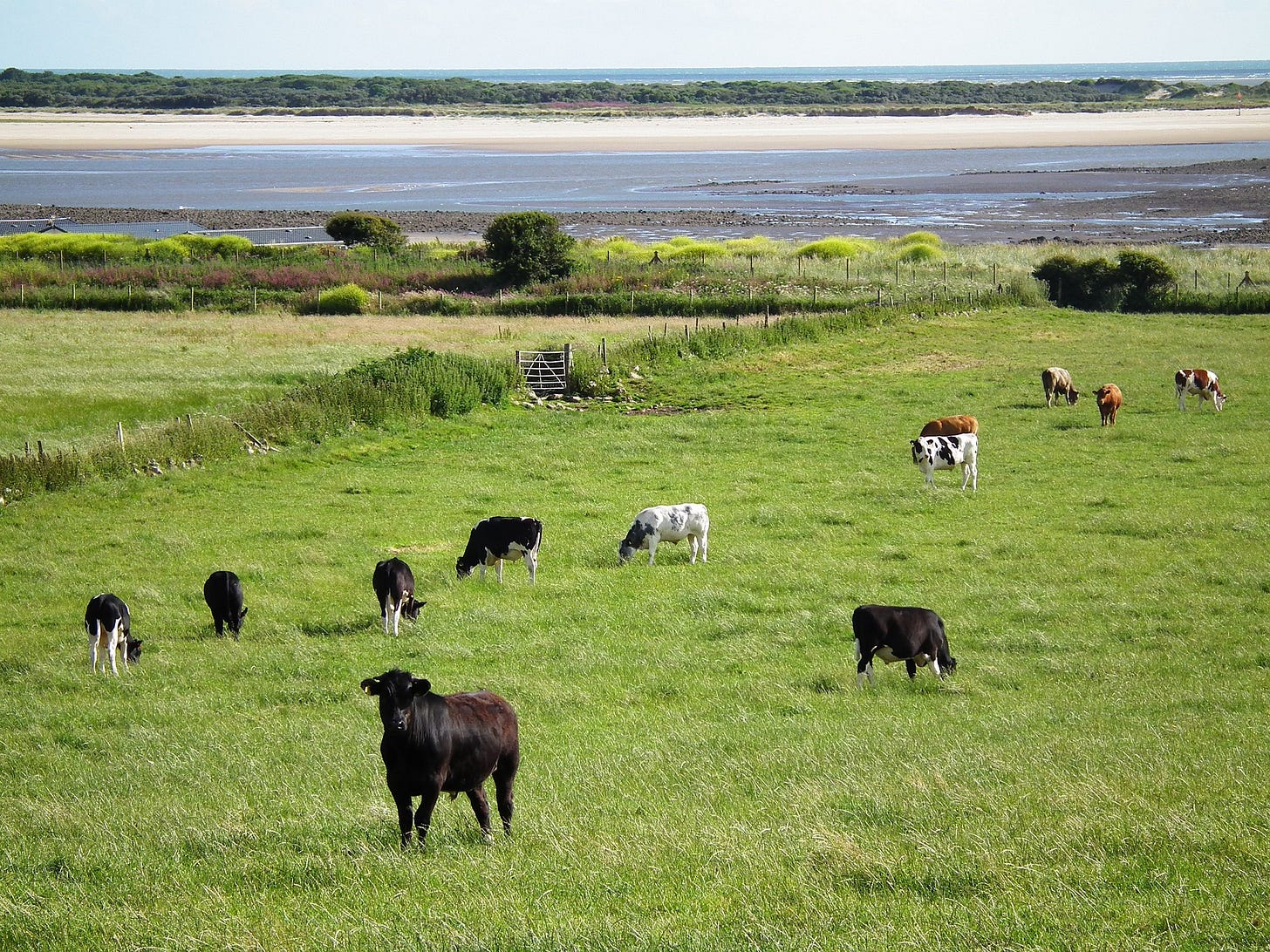
Why weren’t the mines properly sealed up? Was it just negligence or is there a lack of procedure?
AS: In Wales in particular, lead mining was going on and off for thousands of years starting in the Bronze Age. But it really blew up during the industrial age, the 1800s in particular. At the end of the 1800s and early 1900s, these mines were no longer producing a lot of lead, and you could get a lot from places like Australia.
So the companies running these mines went completely bankrupt; they didn’t have the money to even consider closing them, and there were no governmental regulations on how to protect the environment once you closed a mine.
So they were just kind of abandoned in the early 1900s and, because the companies don’t exist anymore and there’s no entity you can point to and say ‘this is your fault’, they’ve just kind of been left as is.
Because there’s nobody who’s going to pay for cleaning them all up.
LY: In recent years, NRW has been heavily involved in things like clay-capping – which you can put to help limit the spread of the spoil at the surface level. The trouble is, of course, that the groundwater running through there is still contaminated.
They have worked with academics and others to explore potential bioremediation that can happen, and there have been some improvements in the water quality. But still it’s somewhat limited in what it can do.
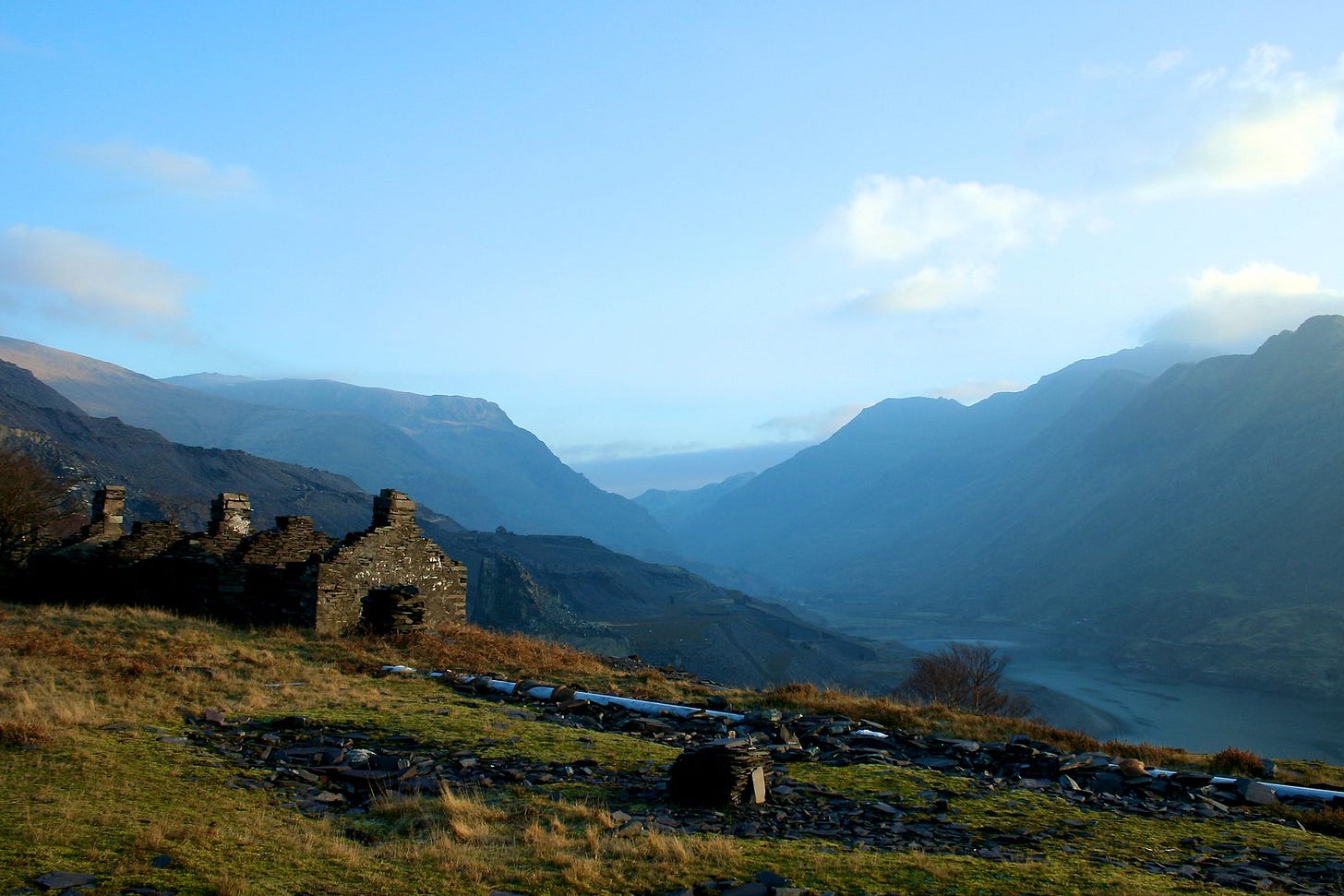
There are some simpler, less costly alternatives that could have a fairly profound impact. At a number of places there are spoil heaps, where the tailings are literally just sitting in piles on land. In a number of cases, there are streams that run right through the middle of those, and are therefore carrying all of that downstream onto private properties and livestock pastures.
If the stream can be diverted, which is not actually that difficult thing to do, at least then it’s not mobilising that big pile of stuff.
The other thing that can happen is, because these metals are heavy, they kind of settle and end up down in the sediment. A lot of the water quality measures used to evaluate stream health are just about looking at the water itself.
Even in very heavily metal contaminated waters the water itself can be crystal clear, unless the sediment’s been stirred up. But if it does get stirred up, like for example if there’s climate change or increased rainfall and movement of water, that’s where some of the risks come in.
There are lots of different things that can be done to mitigate or to reduce the risks for people that are living in that landscape.
Do you feel that the public in the areas around the abandoned mines are aware of the scale of the issue? Do you think, if they did know, they would get behind solutions like the ones you just mentioned?
AS: People aren’t fully aware of what the impacts could be. Some of them didn’t even know when they moved into the area that they were living near a mine. And for a lot of people the mines are just an assumed part of the natural landscape – a history thing.
We’ve worked to raise awareness, but obviously it’s a scary thing to have to face.
LY: People have been living in this environment for a very long time, so it’s not like it’s completely impossible to live safely in this landscape. We don’t want to risk having this blown out of proportion and have people getting incredibly worried about living on this land.
Rather, it’s about making people aware of the potential for risks and the very practical ways that people can change what they’re doing to reduce risks to themselves and their animals.
AS: There are a lot of farming practices based specifically in these sorts of areas: things like rotating your livestock so they’re not in a field for so long that they graze all the way down to the soil. That’ll help reduce lead intake, if it’s there.
LY: Just in Wales alone, there are over 1,300 former metal mines. It’s very much a part of our natural landscape and it has been for a long time.
Florence Wildblood is the editor of Ours to Save. You can follow her on Twitter.



